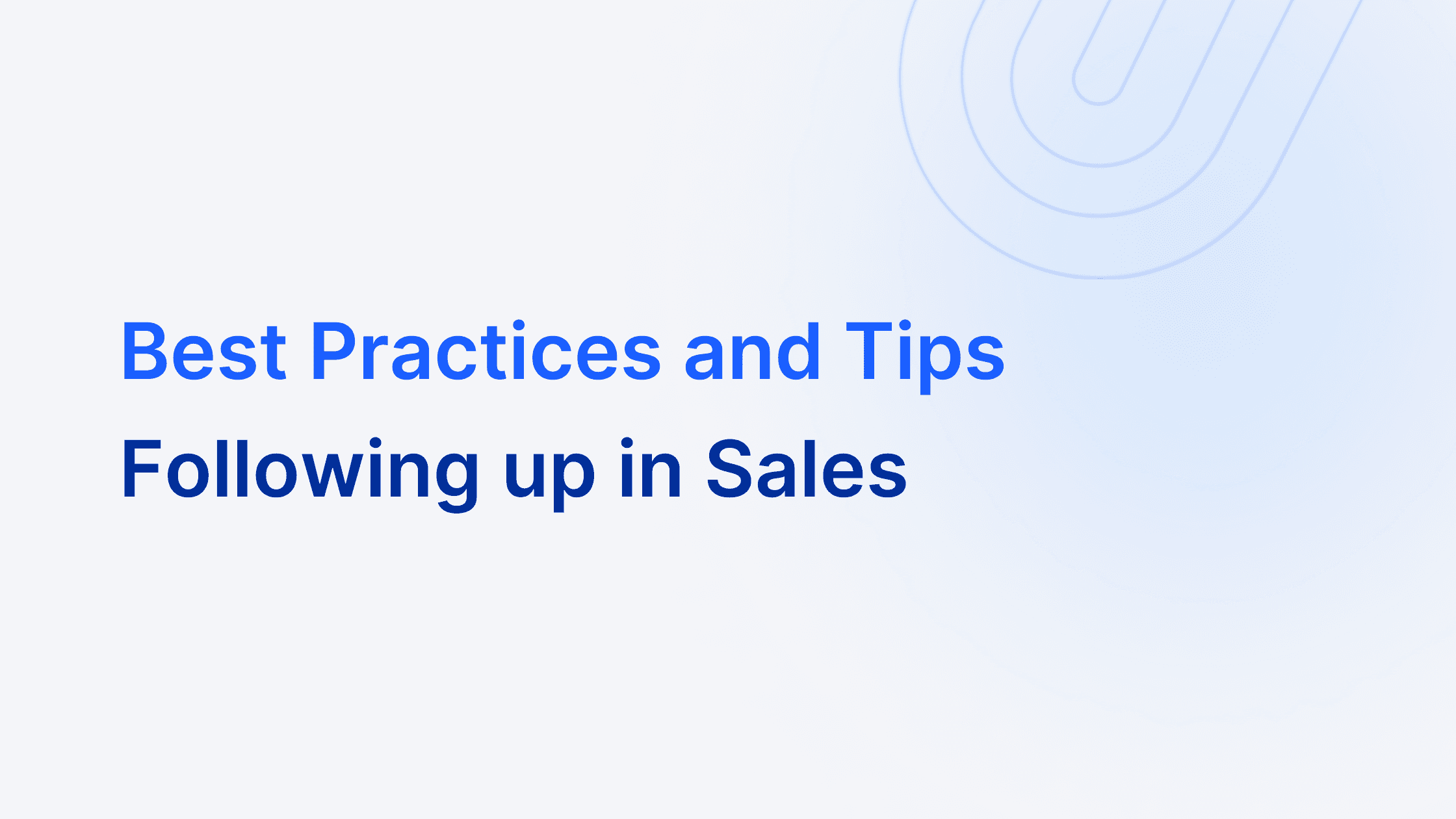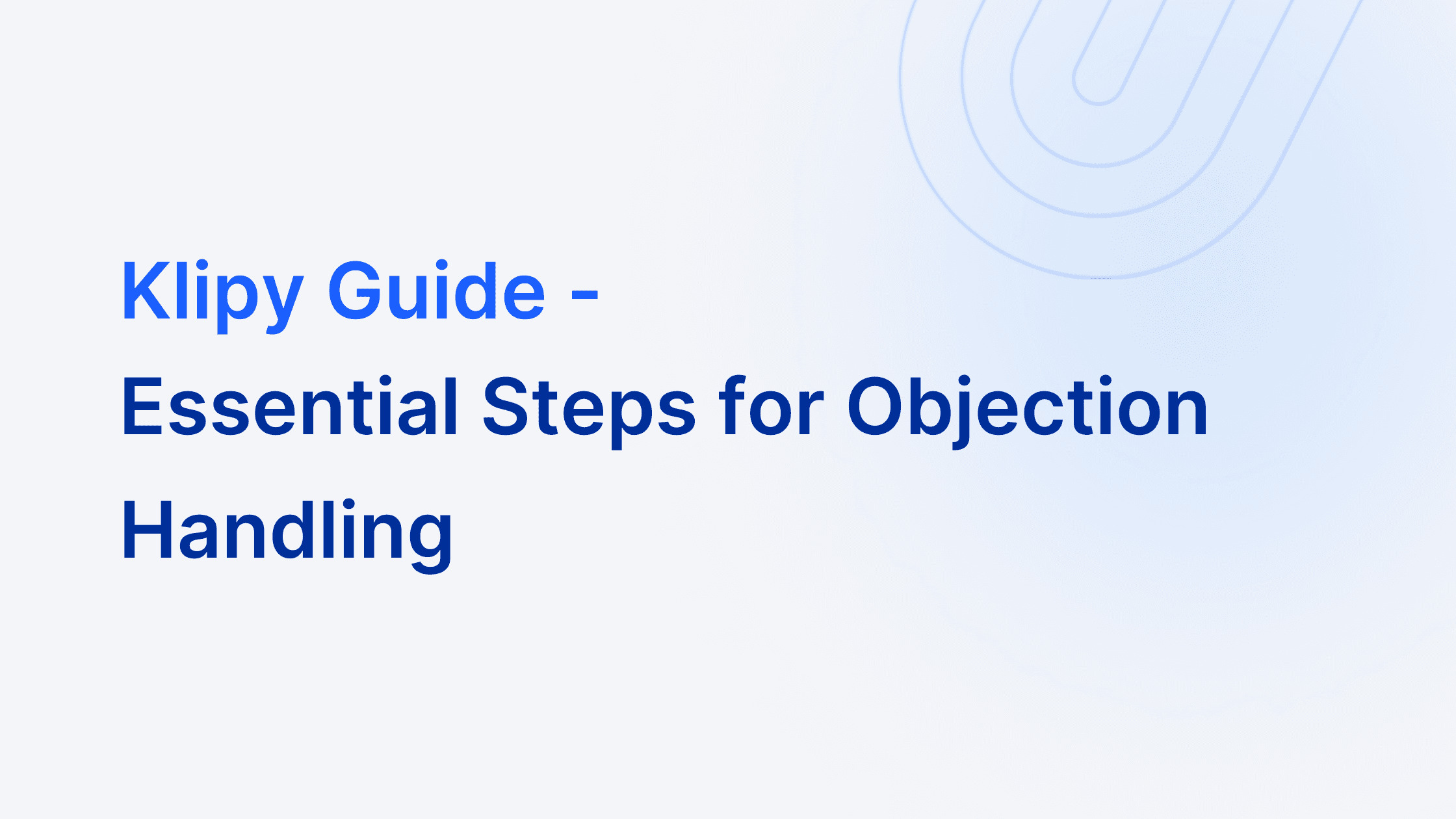Sales
Understanding the Basics of Pipelines
Master the essentials of a sales pipeline to streamline your process and boost results. Learn how it guides your sales journey.
Why Pipelines Matter
A sales journey needs a map. That's where a sales pipeline guides you. It structures your path to close deals. It tracks progress and brings order to chaos.
Sales pipelines provide the structure for consistent revenue. They show next steps and reveal roadblocks before they derail deals. Your sales team uses this tool to hit targets.
Why are sales pipelines crucial?
Guidance: Show your team clear steps from prospecting to closing.
Visibility: See progress and obstacles in one place.
Focus: Spot high-value deals with visual data.
Efficiency: Simplify processes to save time and boost output.
Sales pipelines can reshape your strategy. Use this structure to smooth out your sales process and boost results.
Pipeline vs Funnel
Building a Sales Pipeline
A sales pipeline is a strategic tool for your sales team. Identify your target customers by understanding their needs and desires.
Define the stages. Break down the journey from first contact to final sale. Each stage moves you closer to closing the deal. This clarity helps your team focus their efforts.
Nurturing leads is key. Engage with prospects through personal communication and follow-ups. Keep the conversation going and show them they matter.
Our CRM tool, Klipy, supercharges the process. With features like contact enrichment and automatic CRM updates, you keep everything organized effortlessly. For more insights on why your business might need a CRM, explore our article on signs your small business needs a CRM.
Here's a quick checklist for building a robust sales pipeline:
Identify Customers: Know your target audience.
Define Stages: Map out clear steps from start to finish.
Nurture Leads: Maintain consistent communication.
Use CRM Tools: Boost efficiency and organization.
With planning and the right tools, building a sales pipeline becomes straightforward. A well-structured pipeline allows your sales team to focus on closing deals.
Stages of a Sales Pipeline
Prospecting kicks off the sales journey. It's about finding potential customers.
Lead qualification follows. Here, we sift through prospects to find the promising ones—those who might actually buy. We identify the most valuable leads.
Sales calls are our chance to shine. We connect with leads and present our offer. For those looking to enhance their strategies, our Ultimate Lead Generation Glossary provides essential terms and tactics.
Proposals come after calls. We lay out the offer, detailing what customers get and the cost. It's our sales pitch in writing.
Negotiation and commitment are next. We work to find agreeable terms and pricing.
Contract signing makes it official. The deal is closed.
Post-purchase is about ensuring satisfaction. We keep in touch and build loyalty. Happy customers often become repeat customers.
Each stage is vital for managing your sales pipeline. Our AI-enhanced CRM helps manage these stages efficiently, keeping your sales pipeline on track. For more insights into optimizing your sales process, explore our sales-related content including strategies like lead generation and cold emailing.
Tools for Pipeline Management
Managing a sales pipeline is like organizing a party—without the disco ball confusion. You need the right tools to keep things running smoothly. Let's break down the essentials:
CRM Software: Keeps all your customer info in one neat place. Think of it as your sales party planner, organizing guest lists and RSVPs. For small businesses, it's crucial to have a CRM that includes features like multiple contacts per organization and a centralized system. Explore more in our Small Business CRM Checklist.
Sales Analytics: Provides insights and data to understand what's working. It's your behind-the-scenes detective, solving the mystery of what makes your sales soar.
Communication Tools: Facilitates seamless interaction with clients and team members. These tools are the chatterboxes keeping everyone in the loop.
Collaboration Tools: Ensures your team works together without tripping over each other. It's like a synchronized dance routine—everyone knows their moves.
Sales Enablement Tools: Equips your team with the resources they need to succeed. Think of it as the secret sauce that adds flavor to your sales process.
Each tool plays a vital role in automating tasks, visualizing sales processes, and organizing customer data. With these in your toolkit, you can manage your pipeline efficiently, leaving you more time to focus on closing deals and celebrating success!
Evaluating Pipeline Performance
Evaluating pipeline performance involves keeping an eye on key metrics that tell the tale of your sales success. Tracking these metrics ensures your pipeline stays as smooth as Klipy's one-click email integration.
Conversion Rates: Monitor how many leads turn into customers. A healthy conversion rate means you're on the right track.
Lead Age: Keep tabs on how long leads hang around. If they're aging like fine wine, that's great. If not, it might be time to shake things up.
Sales Velocity: Measure how quickly deals move through your pipeline. Faster velocity equals quicker wins.
Pipeline Coverage: Ensure you have enough leads to meet targets. It’s like having a comfy safety net under your sales trapeze.
Visual analytics can forecast trends and spot obstacles. It's like having a crystal ball but without the mystical fog. For those interested in enhancing their sales strategies, exploring AI lead enrichment tools for small businesses can be beneficial.
Tips to Avoid Pitfalls:
Regular Reviews: Keep checking metrics to prevent bottlenecks.
Data-Driven Decisions: Use insights to make informed changes.
Continuous Improvement: Always look for ways to refine your process.
By focusing on these areas, sales teams can keep the deals flowing like a well-oiled machine. Who knew pipelines could be this much fun?
Key Takeaways
Sales pipelines guide your team towards closing deals. They give structure, show progress, and keep things running smoothly. A well-designed pipeline helps you focus on valuable leads and work efficiently.
Pipelines differ from funnels. Pipelines track business stages, keeping your sales team on track. Funnels map the buyer's journey. Both align efforts and ensure success.
To build a sales pipeline, identify customers, define stages, and nurture leads. This approach keeps your deal-closing process organized. Our tools enhance this process with features like contact enrichment and auto CRM updates, making your workflow simpler.
Managing your pipeline effectively requires key tools. CRM software, sales analytics, communication, collaboration, and sales enablement tools all play vital roles. These tools automate routine tasks, show your processes clearly, and keep all your customer info in order.
To evaluate performance, track conversion rates, lead age, sales velocity, and pipeline coverage. Review your data often and use it to make decisions. This keeps everything running smoothly.
These insights will improve your sales strategy and keep you on track. Mastering these basics will boost your sales performance, regardless of your experience level.
More from the blog







